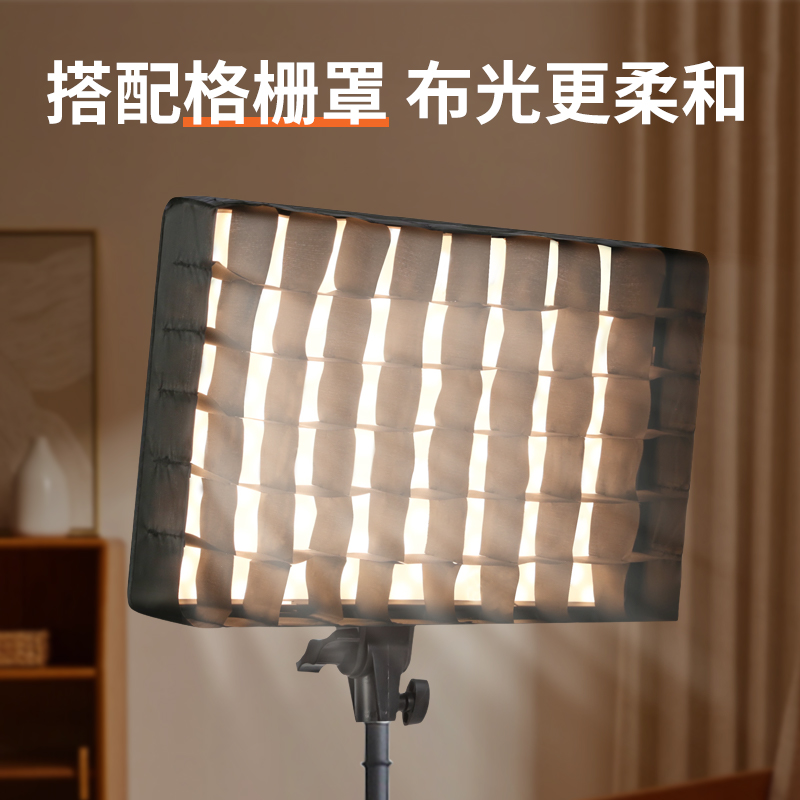What methods can extend the lifespan of a flash?
To extend the lifespan of the flash, measures can be taken such as reasonable use, proper storage, and regular maintenance. The specific methods are as follows:
reasonable use
Avoid frequent flashing: Unnecessary frequent flashing can accelerate the aging of internal components of the flash. When shooting, the number of flashes should be arranged reasonably according to actual needs, and natural light or other auxiliary light sources should be used as much as possible to meet the shooting requirements.
Control flash power: Try to use a lower flash power while meeting the shooting lighting requirements. High power flashing can cause the flash bulb to withstand greater current and heat, shortening its lifespan. For example, when shooting indoors, if the distance to the subject is close, the flash power can be appropriately reduced.
Avoid overheating during use: The flash may heat up after continuous flashing or prolonged use, so it should be allowed to rest and dissipate heat before continuing to use. If using a flash in a high-temperature environment, it is important to pay attention to the usage interval and avoid overheating of the flash. For example, when shooting outdoors in summer, you can pause the shooting at regular intervals to let the flash cool down.
Set camera parameters correctly: Ensure that the synchronization speed between the camera and flash is set correctly to avoid abnormal flash operation caused by improper parameter settings. Different camera and flash combinations may have different optimal synchronization speeds, which are generally explained in the camera manual and need to be set according to the actual situation.
Properly stored
Remove battery: When not using the flash for a long time, be sure to remove the battery to prevent battery leakage from corroding the internal circuit of the flash. Even rechargeable batteries should be removed and stored after being fully charged, and the battery should be regularly charged and discharged for maintenance.
Moisture and dust prevention: Store the flash in a dry, ventilated, and dust-proof environment. Use sealed bags or specialized photography equipment storage boxes to store the flash. If necessary, place desiccants in the storage box to absorb moisture.
Avoid squeezing and collision: Flashlights should be stored separately to avoid squeezing or colliding with other hard objects, to prevent damage to the shell or displacement or damage of internal components. If placing the flash in a photography bag, be sure to place it in a buffer protected compartment.
Regular maintenance
Clean the exterior: Regularly wipe the dust and stains on the surface of the flash with a soft dry cloth. If there are oil stains or stubborn stains, you can dip a small amount of neutral cleaner and gently wipe it, but be careful to avoid the cleaner from flowing into the inside of the flash.
Check performance: Conduct performance tests on the flash at regular intervals, such as checking whether the flash intensity, color temperature accuracy, and return time are normal. If problems such as abnormal flashing, color deviation, or significantly prolonged return time are found in the flash, professional maintenance personnel should be promptly sent for inspection.












Please first Loginlater ~